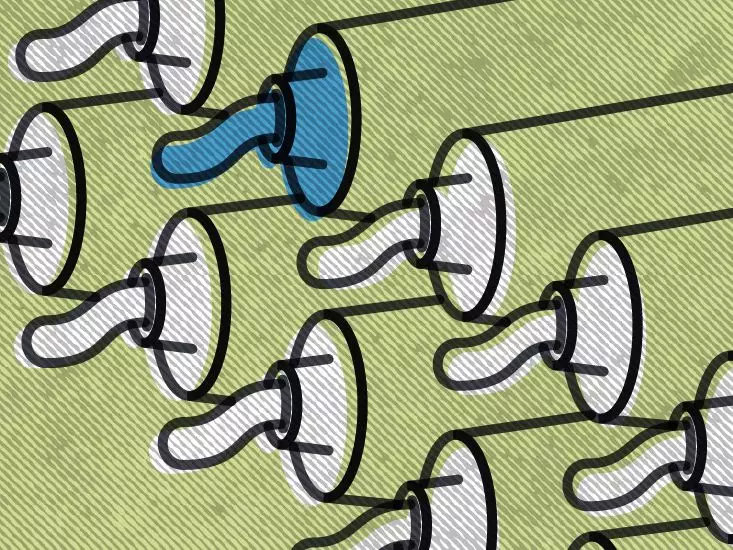Estrace, a well-known brand of estradiol cream, is often prescribed for various hormonal conditions such as menopausal symptoms, osteoporosis prevention, and hormone replacement therapy. While its therapeutic benefits are widely recognized, the costs associated with obtaining Estrace can be a significant concern for patients. The price of this medication fluctuates based on multiple factors, including the chosen pharmacy, the specifics of one’s health insurance plan, and potential savings programs. Understanding these complexities can help patients navigate the financial side of their treatment more effectively.
The variability in the cost of Estrace can be traced to several key factors that patients should be aware of. First and foremost, the nature of the treatment plan can heavily influence costs. Different delivery mechanisms—such as creams versus pills—often have distinct price barriers, with topical forms sometimes priced higher due to their method of application and formulation.
Secondly, whether or not a patient has insurance plays a crucial role in determining out-of-pocket costs. For those without health coverage, the full retail price of the medication could pose a financial strain. Conversely, patients with insurance might still be impacted by the specifics of their plan, such as prior authorization requirements, copay levels, and whether the pharmacy in use is part of the insurance provider’s network. These factors can complicate cost assessments and lead to unexpected expenses.
Utilizing Savings Programs
For patients looking to mitigate their expenses for Estrace, it is vital to explore available savings programs. Many pharmacies now offer discounts through platforms like Optum Perks, which can provide coupons that yield substantial savings—up to 80% in some cases—for patients purchasing their prescriptions without insurance. This can significantly reduce the financial burden, especially for long-term users who require continuous access to their treatment.
When considering alternatives, the availability of generic versions—such as estradiol—is a game-changer for individuals seeking lower costs without compromising efficacy. Generics are typically more affordable and have been shown to be equally safe and effective as their brand-name counterparts. Patients should consult with their healthcare provider regarding the suitability of generics in their treatment plan, ensuring that their choice aligns with both their health needs and financial situation.
In addition to local pharmacies, mail-order pharmacies present another option for cost savings. These services often allow patients to receive 90-day supplies directly at home, potentially reducing the total cost of medication. Furthermore, many Medicare plans facilitate coverage for mail-order services, making this route even more appealing for eligible patients. Given the convenience and potential cost savings, patients should ask their healthcare provider whether this option may be right for them.
The Role of Patient Assistance Programs
Beyond insurance and pharmacy options, patient assistance programs are critical for those facing challenges in affording their medication. Programs like the Allergan Patient Assistance Program exist specifically to provide financial support for people needing help in accessing their prescribed medications. These programs often have specific eligibility requirements, thus communication with healthcare providers can ensure that patients understand what assistance is available to them.
In addition to direct program assistance, several online resources compile various options for saving on medications, including links to savings cards and other financial assistance. This wealth of information empowers patients to take proactive steps in managing their healthcare costs.
Navigating the costs associated with Estrace requires a multifaceted approach. Patients must consider their treatment plans, insurance coverage, and personal financial situations while actively seeking out savings opportunities. By keeping abreast of available programs, exploring generic options, and consultatively utilizing both local and mail-order pharmacies, patients can significantly mitigate their out-of-pocket expenses.
While cost is a critical factor, it is equally important to ensure that any chosen path for treatment aligns with an individual’s health needs. Consulting with healthcare professionals—including doctors and pharmacists—will provide necessary guidance, ensuring that both health and financial considerations are well balanced. In doing so, individuals can make informed decisions that promote their well-being without undue financial stress.

